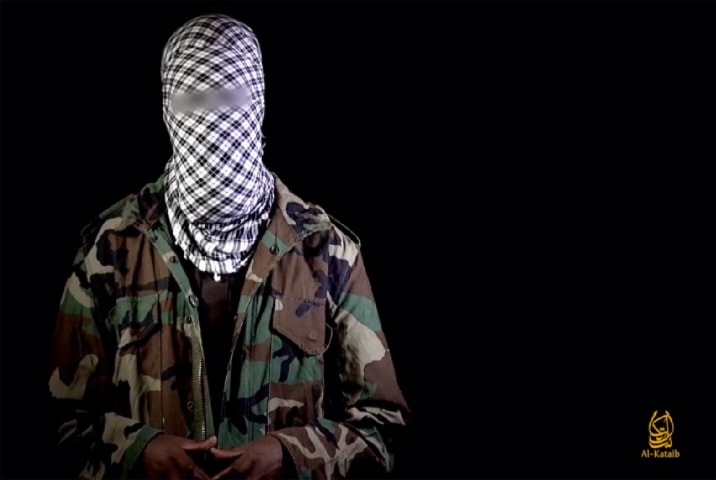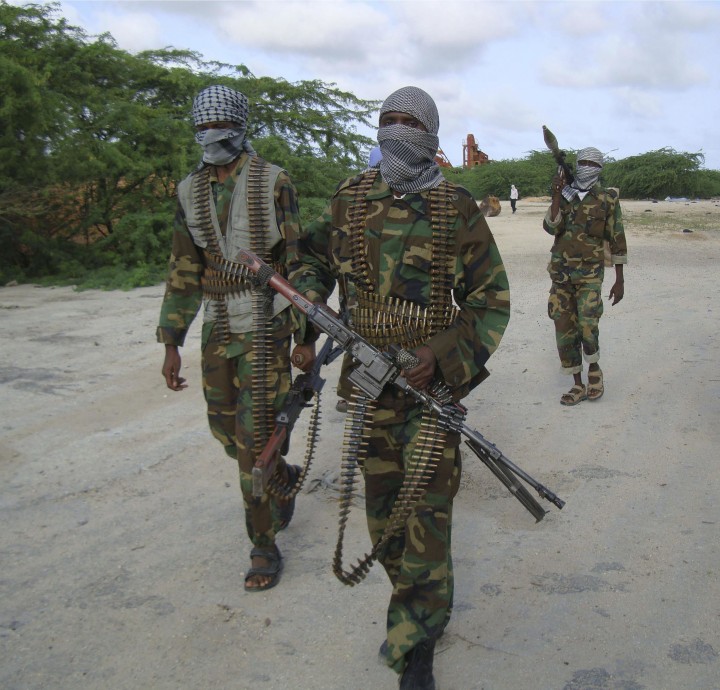Since its 2003 creation as a breakaway unit of Somali militant Islamists, al Shabab — Arabic for “the youth” — has grown into one of the world’s most notorious terror groups, drawing support and recruits from around the world, including Somali immigrants in America.
Now aligned with al Qaeda, al Shabab has conducted deadly attacks across its homeland, but also against neighboring countries who’ve joined the fight against it. That includes Kenya, where al Shabab members stormed the campus of Garissa University College on Thursday, killing scores of Christians and a 2013 siege where gunmen opened fire inside an upscale shopping mall, leaving more than 60 dead.
Al Shabab developed and thrived in large part because of Somalia’s bleak living conditions; wrecked by civil war and famine, it is one of the poorest countries on Earth, and has gone for many years without a strong central government. In that vacuum arose a number of radical Islamic groups, including Al-Itthiad Al-Islami, which sought to form an Islamist state within Somalia, according to the Council on Foreign Relations.
In 2003, that group’s young hardliners broke away to form al Shabab and wage a campaign for Islamic rule across Somalia, forming an alliance with a network of Islamic courts that seized control of the capital Mogadishu in 2006.
Photo Gallery: Al-Shabab Gunmen Storm University in Kenya
The military of neighboring Ethiopia invaded Somalia at the request of the country’s transitional government, and took control of Mogadishu. Al Shabab retreated to Somalia’s south, where it launched a series of guerilla attacks on Ethiopian forces and occupied large portions of central and southern Somalia. Membership soared into the thousands, and the group developed a relationship with al Qaeda. In February 2008, the United States formally designated al Shabab as a foreign terrorist organization.
Ethiopia pulled out of Mogadishu in 2009, leaving control of the capital to an African Union peacekeeping mission that included troops from Uganda and Kenya. The following year, al Shabab conducted its first foreign attack, with a series of suicide bombings in Uganda. Kenya, Somalia’s southern neighbor, accused al Shabab of attacks within its borders, and began a long campaign to oust the group from its southern Somalia strongholds.
Al Shabab responded with more violence. Kenya police say 312 people were killed by al Shabab between 2012 and 2014, including a September 2013 attack on the Westgate Mall in Nairobi, in which 60 died. In a February 2014 propaganda video, al Shabab called for similar attacks on malls in the West, including the Mall of America in Minnesota, home to a large Somali immigrant population.
 AL-SHABAAB
AL-SHABAABMany Somali immigrants in Minneapolis have left home to join al Shabab in recent years, including Shirwa Ahmed, 26, and Farah Mohamad Beledi, 27, who became suicide bombers. That has led some American intelligence officials to fear an uptick in homegrown attacks on U.S. soil.
Meanwhile, al Shabab, led by Ahmed Umas, aka Abyu Ubaidah, has developed an aggressive fundraising operation. At home, it makes money through racketeering, piracy and extortion. Its international support comes from charities and state-sponsored donations, according to the Council on Foreign Relations.
America has responded to the growing threat by training and equipping African Union troops and conducting drone strikes and special operations raids.
 FARAH ABDI WARSAMEH / AP FILE
FARAH ABDI WARSAMEH / AP FILEAl Shabab has not relented. In June 2014, the group struck a United Nations compound in Mogadishu, killing 22. In February 2015, it claimed responsibility foran attack on a Mogadishu hotel, in which at least two-dozen perished.
Then, the attack on Garissa University College, the deadliest terror attack in Kenya since the 1998 American embassy bombings in Nairobi that killed 213 people. That has stoked fear among U.S. officials that al Shabab is moving toward larger scale operations.
(Source: NBCNews)






























